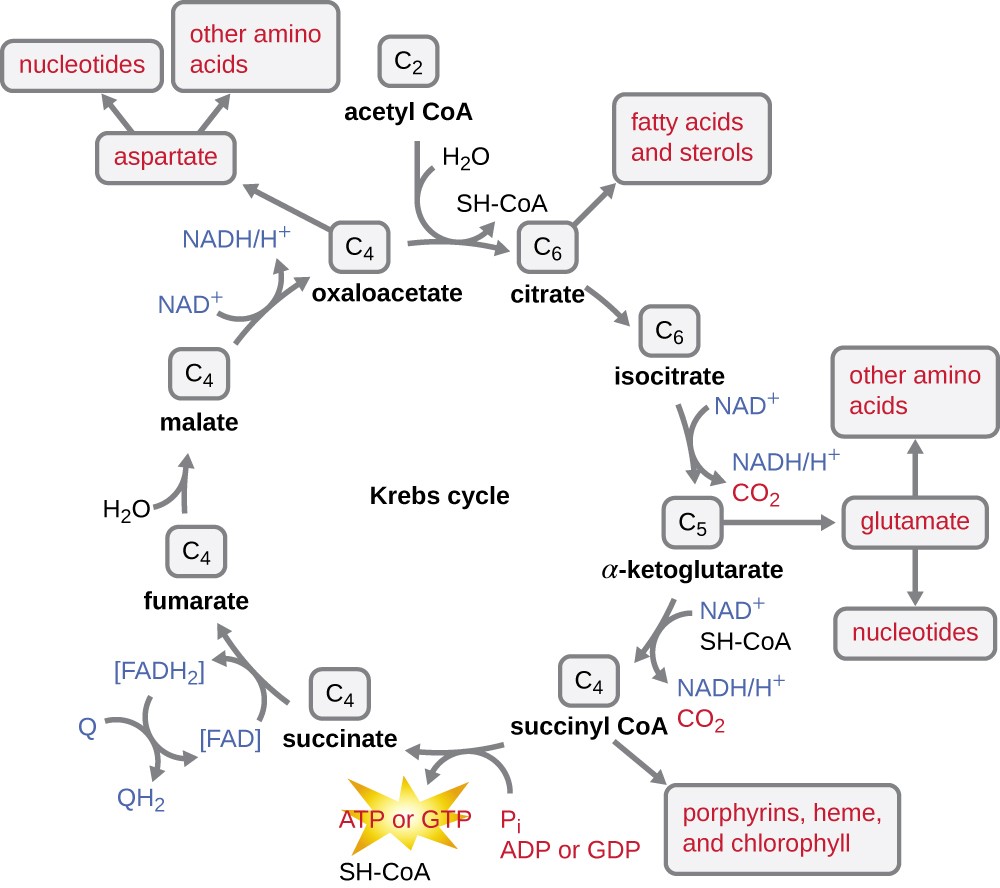
There are several types of glucose transporters in the human body with differential expression varying by tissue type. Through a process of signaling cascades regulated by these hormones, glycogen is catabolized liberating glucose (promoted by glucagon in times of fasting) or synthesized further consuming excess glucose (facilitated by insulin in times of energy-richness). Insulin and glucagon (among other hormones) also control the transport of glucose in and out of cells by altering the expression of one type of glucose transporter, GLUT4. There exists a balance between these two hormones depending on the body's metabolic state (fasting or energy-rich), with insulin in higher concentrations during energy-rich states and glucagon during fasting. Both of these hormones are produced in the pancreatic Islet of Langerhans, glucagon in from alpha-cells, and insulin from beta-cells. The regulation of glycogen, and thus glucose, is controlled primarily through the peptide hormones insulin and glucagon. Glycogen is present in the highest concentrations in the liver and muscle tissues. Glucose reserves get stored as the polymer glycogen in humans. In aerobic conditions, the pyruvate can enter the citric acid cycle to yield energy-rich electron carriers that help produce ATP at the electron transport chain (ETC). In anaerobic conditions, pyruvate converts to lactate through reduction. The glucose is broken down first through the anaerobic process of glycolysis, leading to the production of some ATP and pyruvate end-product. In eukaryotes, most energy derives from aerobic (oxygen-requiring) processes, which start with a molecule of glucose. The ATP derived from these processes is used to fuel virtually every energy-requiring process in the body.
#Carbohydrate serves as fuel for atp production series#
There, glucose is broken down in a series of biochemical reactions releasing energy in the form of ATP. Once glucose is in the body, it travels through the blood and to energy-requiring tissues. Considering how vital glucose is for homeostasis, it is no surprise that there are a plethora of sources for it. Glucose is also derivable from products of fat and protein break-down through the process of gluconeogenesis. Our body stores excess glucose as glycogen (a polymer of glucose), which becomes liberated in times of fasting. Glucose often enters the body in isometric forms such as galactose and fructose (monosaccharides), lactose and sucrose (disaccharides), or starch (polysaccharide). It is a ubiquitous source of energy for every organism in the world and is essential to fuel both aerobic and anaerobic cellular respiration.


Glucose is a 6-carbon structure with the chemical formula C6H12O6.


 0 kommentar(er)
0 kommentar(er)
